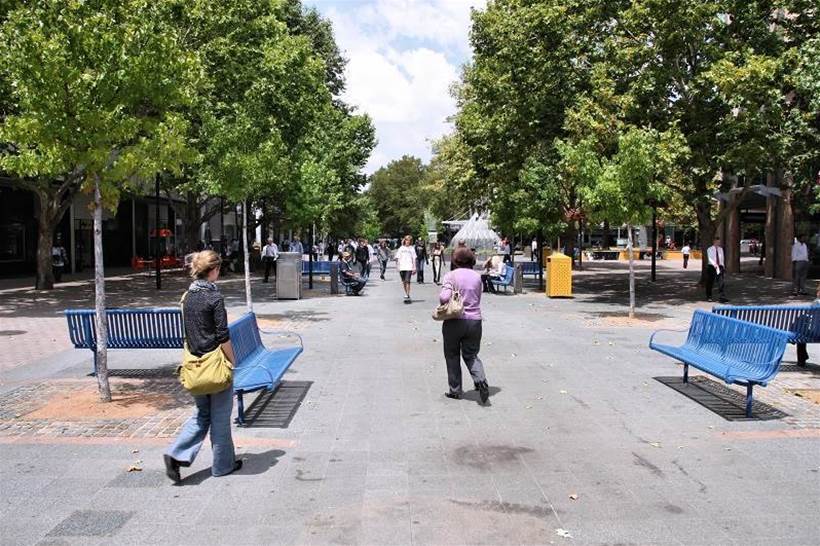Pedestrian counters are helping Australian researchers to measure the social, economic and mobility impacts of COVID-19 at the community level.
The University of Wollongong SMART Facility and LoRaWAN network provider Meshed have begun research using aggregated data from pedestrian counters to measure local activity in over 100 Australian locations across five states. It is the first research to use the collective Meshed pedestrian counter data in this way.
The Meshed nCounter devices detect Wi-Fi signals from nearby devices. They send encrypted counts via LoRaWAN networks to The Things Network in ten minutes intervals.
The data will help Councils and inform research into the affect the COVID-19 crisis is having on mobility, local economic activity, and social and recreational vitality.
The nCounters recorded a 60 percent fall in the average daily pedestrian traffic across all device locations after social distancing and mandatory quarantining regulations came into effect around March 18, compared with average daily counts in January and February 2020.
That fall in pedestrian activity corresponded with job losses in businesses that rely on passing pedestrians for revenue, such as food, entertainment, fitness, beauty and services businesses, Meshed reports.
Which is why Meshed sees the data being useful in helping local economies recover from the pandemic.
For example, by showing which areas had the least pedestrians, Meshed hopes to help local authorities target recovery assistance. And it sees pedestrian counts indicating whether relief assistance is bringing people back to businesses and other organisations. That could help efforts to support retailers, cafes and restaurants, entertainment, cultural, tourism and education organisations, the company states.
Meshed also sees the pedestrian counting data helping local government to monitor the effectiveness of Federal and State Government economic stimulus and wage relief packages, and identify areas they can assist in closing gaps, particularly in economic development.
Researchers will also use the pedestrian data, along with other socio-economic and mobility data.
Catherine Caruana-McManus, Meshed Director of Sales and Strategy, says the aim is to “build a model to visualise the crisis impact at the grass roots community level”.
Meshed nCounters are currently used by 26 local government authorities, and can be found everywhere from CBDs to transport hubs, public spaces, community facilities, sports grounds, walking trails, parks, beaches and festival and other events.
Meshed has deployed the largest single public access LoRaWAN network across Australia, in partnership with 48 Local Government Authorities.
It has also been the Technology Partner for 10 Federal Government Funded Smart Cities and Suburbs Program Projects.
Meshed is a sponsor of this COVID-19 discussion hub.
Focus is increasing on use of real-time data to combat the COVID-19 pandemic. See our special coverage about key issues.







